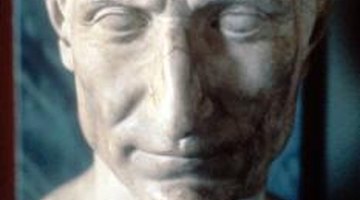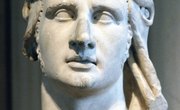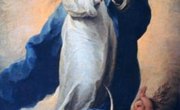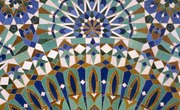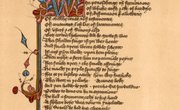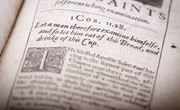Among the most famous works by the Roman poet Ovid (43 B.C.-17 A.D.) is the “Metamorphoses,” a lengthy poem that is a veritable encyclopedia of myths linked by the theme of change. The gods transform themselves into cows, swans and even rain while humans become trees, spiders and lions. Near its end, the poem catapults from transformations occurring in the mythic past to Ovid's present (ancient Rome) by chronicling a law recently passed by the Roman Senate: the legal transformation of Julius Caesar from a man to a god. After having given a "history" of dozens of fabulous mythical transformations, the poem ends by transforming Rome's reality into the site of yet another mythical metamorphosis, of a mortal into an immortal.
Making a Pagan Poem into a Christian One
Ovid’s “Metamorphoses” remained popular long after Rome fell in 476 A.D., and was widely read throughout the Middle Ages and the Renaissance. However, Ovid’s poem had to undergo some changes of its own to retain its vitality. After all, the “Metamorphoses” recounted seamy tales about gods when Rome and much of Western Europe had embraced Christianity. It was not just the content of Ovid’s poem that was threatening; in Christianity, where men are supposed to be made in the image of God, the suggestion that humans could turn into beasts undermined the core beliefs of Christianity. How Christians of the Middle Ages preserved the "Metamorphoses" was a template for how Christianity could inherit pagan culture.

Making Roman Gods into Christian Morals
In the early sixth century A.D., a scholar known as Fulgentius reinterpreted pagan mythology as Christian allegory. To allegorize the “Metamorphoses,” to insist that some moral benefit was hidden in its pages (a theory known as the theory of “integumentum”), was a popular means of preserving Ovid’s poem throughout the Middle Ages. For example, in a popular work known as the “Ovide moralise” (1340) by Pierre Bersuire, a myth such as Zeus’ transformation into a swan in order to seduce Leda becomes an expression of God’s ability to embrace both the highest and lowest orders of being. In the Middle Ages, Ovid’s poem was an unexpected way to emphasize Christian ideals -- magic and myth became morality.
Renaissance Transformations
Though he wrote nearly a century before the Renaissance, Dante’s “Divine Comedy” (c. 1315) reveals how influential Ovid remained. In Dante’s work, individuals are disfigured by sin or transfigured by the love of a Christian God. Scholars continued to rationalize Ovid’s poem by interpreting it as carrying a Christian message so that it remained popular in the 15th century. However, with the Renaissance, the “Metamorphoses” influenced culture not just as a symbol of triumphing over antiquity but of celebrating it. In the Renaissance, there was a return to and a belief in the ideals of classical antiquity. Paganism was unavoidable, but it was often explained away as a figure for vitality -- and many artists and writers found Ovid’s poem a source of great inspiration.

Transforming Cultures Across Time Periods
Ovid’s poem inspired Renaissance luminaries in a unique way, for it was the fulfillment of one of their grandest dreams, told in the language of classical myth. In the beginning of the “Metamorphoses,” Ovid promises to tell of “forms transformed.” Renaissance scholars, poets and artists were seeking nothing less than to "change a body" and to breathe life back into dead cultures of Greece and Rome. The “Metamorphoses” was in many ways a promise of that effort's success. Famous poets including Petrarch and Shakespeare proved the influence of Ovid by weaving and transforming elements of his poem into their own work. Painters such as Bellini and Titian took inspiration from Ovidian subjects as well. Pagan to Christian, word to image, it seems that Ovid’s poem of changes inspired many cultural changes of its own.
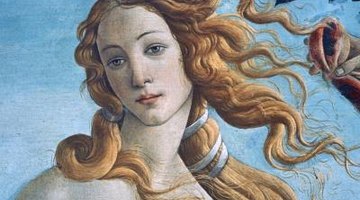
Related Articles
References
Resources
Writer Bio
Alana Shilling is a contributor to several publications including "The Brooklyn Rail," "Art in America" and the "Fortnightly Review." She writes on subjects ranging from archaeology and history to contemporary art. Shilling received a Master of Arts and Ph.D. in comparative literature from Princeton University and has been writing for audiences both general and academic since 2005.

